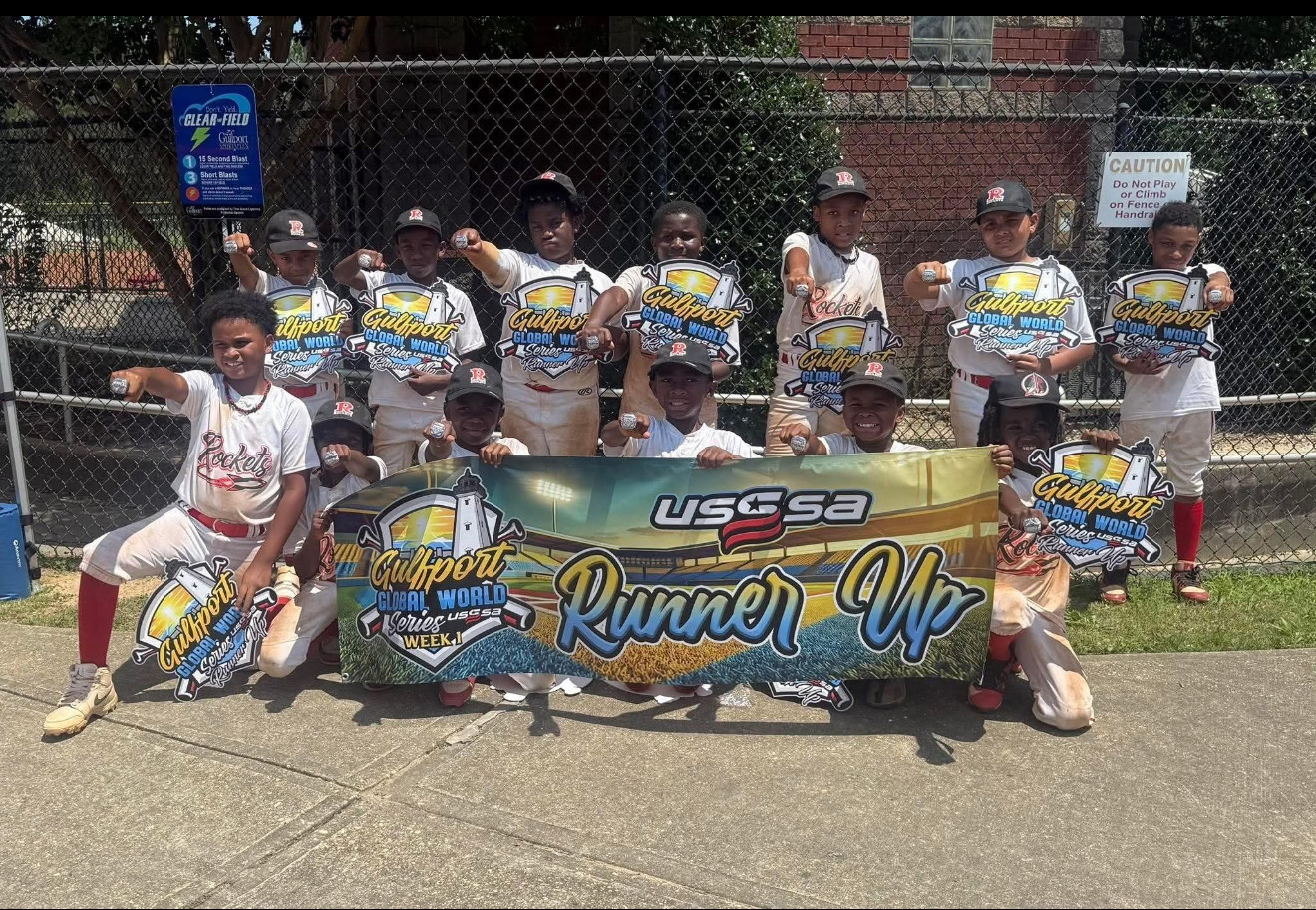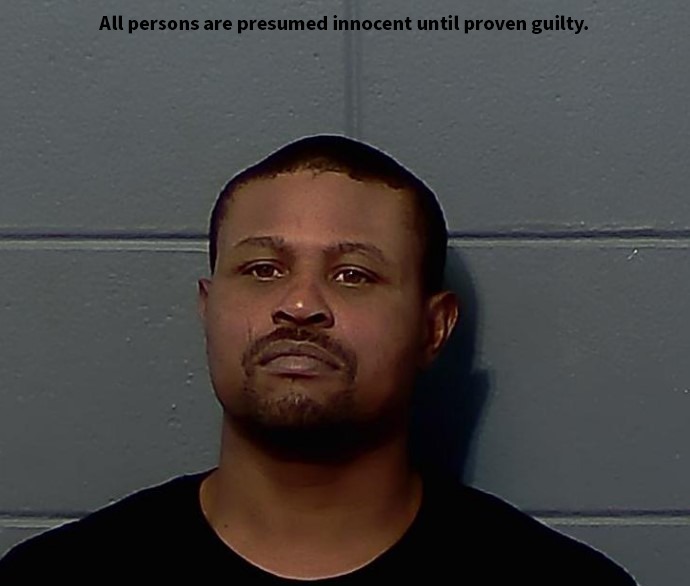Column: GET HIGH ON LIFE
Published 12:00 am Monday, February 16, 1998
By Harold Keller / L’Observateur / February 16, 1998
According to recently published reports, the St. John Parish Council issearching for dollars to build a juvenile detention center. That sounds likea good idea, especially what Councilman Perry Bailey proposes – that the facility will not only house delinquents, but also offer education, counseling and seminars to youth and their parents.
Mr. Bailey also said that we have to reach the parents. “It all boils downto a moral issue,” he continued. I agree with that.It was also stated that this new facility would create jobs. It seems thatto put the icing on the cake for any proposed new venture, everybody ends the sales pitch with “it will create jobs.”Many people who have jobs in detention centers are a big part of the problem. They have a job that was created by the facility, but the interestof the troubled child is not their concern.
I’ve talked to kids who have been in modern, fully-staffed detention centers, with schools and recreation facilities, and have been in and out as much as eight or nine times. Evidently the system is failing.Is another detention center the answer? I think not. “Well, what is theanswer?” you might ask. A good question with no easy solution.Let’s look at the problem. Today, one-fourth of youth ages 10 to 17 yearsold are what society considers “high-risk” youth. What does that mean? Simply that 25 percent of our young people are engaged in multiple problem behaviors (i.e., heavy alcohol and drug use, delinquency,premarital sex on a regular basis and severe truancy).
Another 25 percent of our 10-to-17-year olds are considered moderately at risk.
In the Winter 1997 edition of the Juvenile Justice Monitor, a report by Tasha Hunt, a youth member from Connecticut states that the reason so many youth are at risk is because too many are poorly connected to family, school, church, community and society. Too many youth are withoutsupervision and do not have an opportunity to contribute to their families and communities. In other words, we are neglecting our young people.Who is to blame? Playing the blame game doesn’t solve the problem. Wehave to realize that the solution to this social cancer is all of us. If weacknowledge today’s youth as a powerful resource within the community, their self-esteem, confidence and ability to make responsible choices will increase. They are no different than adults. We also need to feelcompetent, productive and useful when given the opportunity to work and be involved in activities that directly affect our lives.
If we then give our young people responsibility and respect while involving them in productive, meaningful activities, they will develop a higher level of self-esteem and begin to see themselves as something other than just a delinquent child. They finally will feel needed, and whenthat feeling occurs they will be productive, responsible members of our community.
We need to promote youth involvement and accountability and give them the opportunity to make beneficial contributions to society.
Then and only then will we see lives change. Incarceration is an expensiveway to ignore the problem. Involvement and activity, with caring,responsible supervision, will be attractive to every child, including those classified as at-risk. A good place to start would be a healthy, well-rounded, parishwide recreational program.
NOTE: Some of the information for this article was taken from the Winter 1997 edition of Juvenile Justice Monitor, published by the Coalition for Juvenile Justice.
Harold Keller is a regular columnist for L’Observateur.
Return To News Stories





